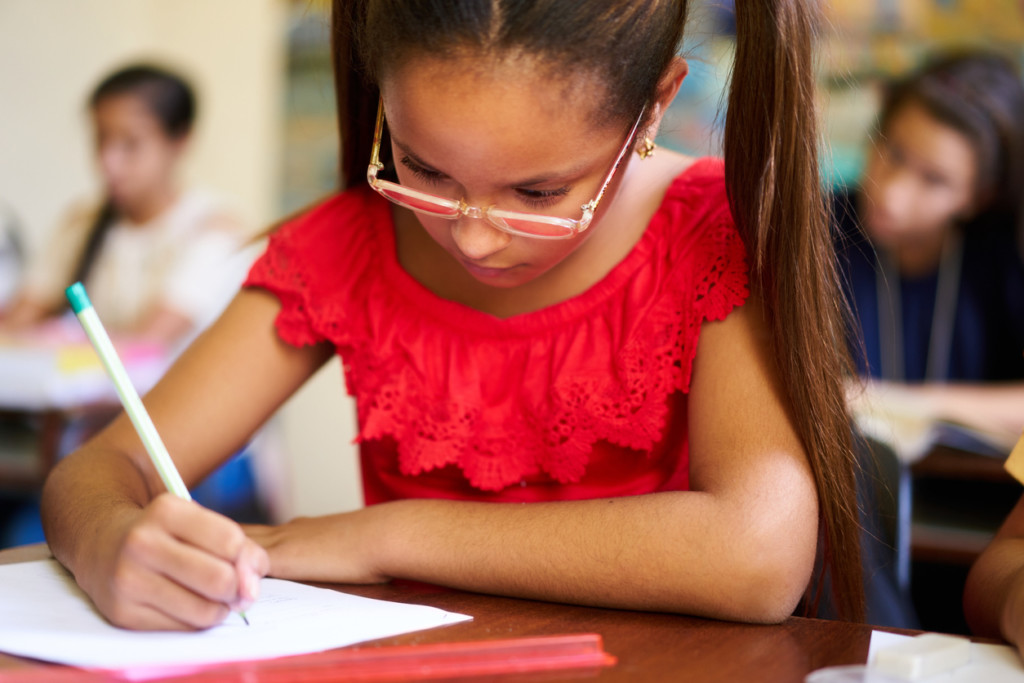
More than half of Florida’s charter schools earned an A grade in 2018-19 compared to 32 percent of traditional public schools based on school grades released this morning by the Florida Department of Education.
Seventy-four percent of Florida’s 658 charter schools, which serve more than 313,000 students, earned an A or B compared with 61 percent of traditional public schools. Lynn Norman-Teck, executive director of the Florida Charter School Alliance, praised the state’s charters for consistently raising the bar on public education.
“The recent scores showing that charter schools outperformed district-run schools, especially in minority communities, is proof that the charter school model where teachers, parents, and students work collaboratively, and schools are given the freedom to address individual students’ learning needs, is working,” Norman-Teck said. “As a result, students are making significant academic gains.”
Two charter schools, Village of Excellence Academy in Hillsborough County and River City Science Academy Innovation School in Duval County, improved from and F to a B, while 16 charter schools improved from a C to an A.
Alfred Adler Elementary School, an independent charter school in St. Petersburg that serves 90 students, was among the latter.
“We’re really excited,” said Tommy Nordmann, who recently completed his first full year as principal. “The grades are important, but for us, we want the students to get the skills they need to be successful in life – to be happy and encouraged.”
Nordmann praised the students for their role in the school’s success this past year.
“We make it their job to be in charge of their learning,” he said. “We guide them, but we put it on them. Any instruction the teacher gives is in small groups, then they practice those skills in different centers and rotate through. They choose the pace at which they do their work.”
Across the state, the number of public schools earning an A in 2018-19 rose from 1,043 to 1,172.
The DOE calculates school grades based on up to 11 components, including student achievement and learning gains on statewide, standardized assessments and high school graduation rate.
The grades show improvement at the state’s lower-performing schools, with 81 percent of F-rated schools in 2017-18 improving by one or more letter grades. The number of D and F schools has declined 70 percent since 2015, while the number of F schools has declined 93 percent since 2015, DOE numbers show.
Only two charter schools, one in its first year of operation, received an F, compared with seven in 2017-18. No charter schools face automatic closure for receiving a grade of F two years in a row.
For more information about school grades, click here.



[…] Redefined, a school choice advocacy blog funded by Step Up For Students, Florida’s billion dollar non-profit corporation that administers its private school voucher program, was quick to join in on the charter school celebration, repeating the claims that “greater than half” of Florida’s 658 charter schools, serving 313,000 students, earned an A and 74% earned an A or B, compared to 32% of “traditional Public Schools” (serving 2.7 million students) which earned an A and 61% earned an A or B. […]